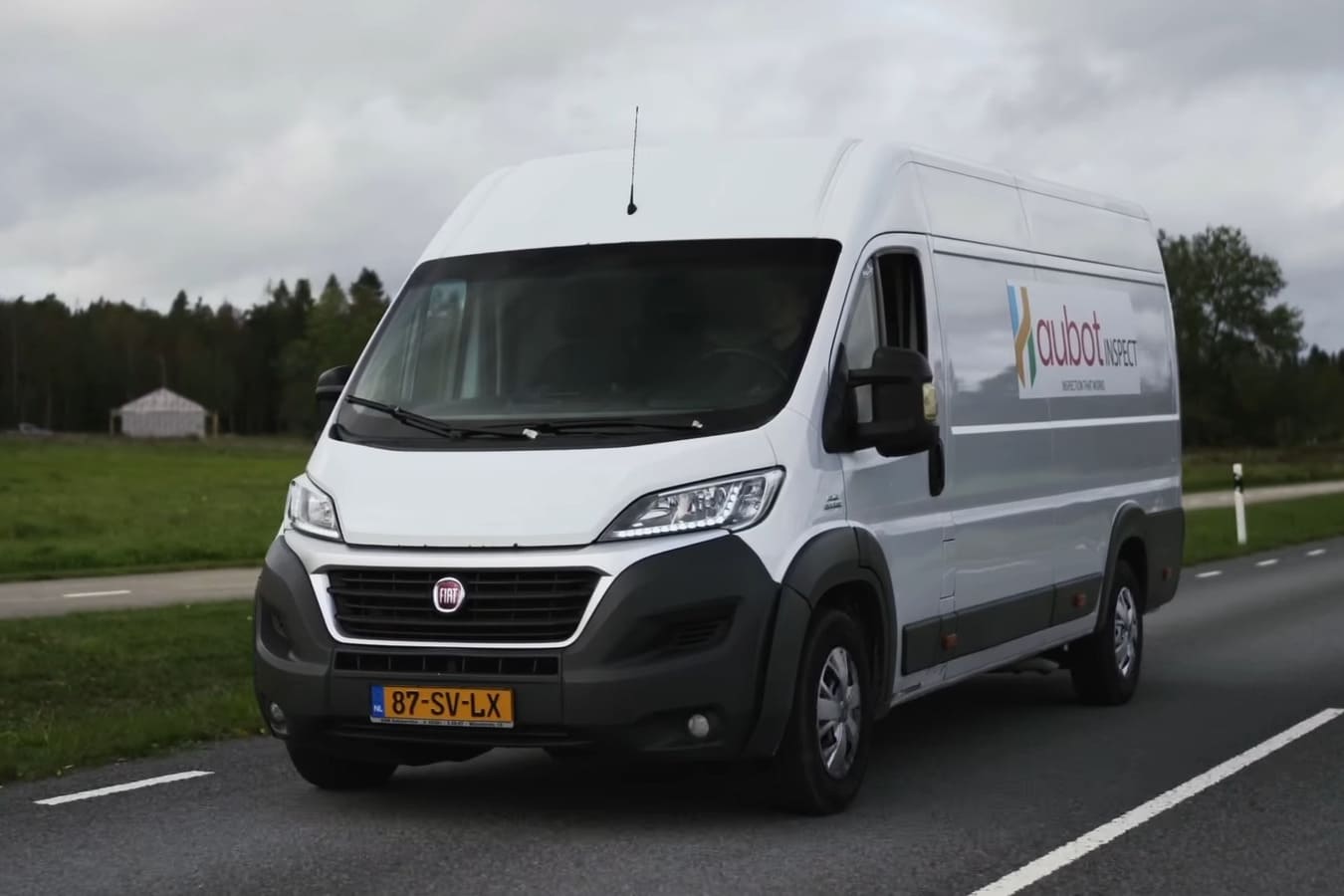
At Haubot, sustainability is not a marketing theme — it is a business principle. We operate at the intersection of logistics, infrastructure, and industrial trade, where every decision has tangible impact: on emissions, on resource usage, on material lifecycles, and on the communities that depend on them. For us, responsibility begins not at the end of a supply chain, but at its origin — in how we source, how we move, how we store, and how we deliver.
Our work connects continents, but it also connects systems — and we believe those systems must be built to last. That means optimizing not just for performance, but for durability, transparency, and environmental accountability. When industrial efficiency aligns with long-term impact, everyone wins: clients, partners, regulators, and the planet itself.

Our infrastructure is intentionally designed to reduce waste — of time, of movement, of material. By managing warehousing and transport internally, we minimize redundancy and idle capacity. Our shipments are consolidated where possible, optimized by route, and adapted dynamically to changing availability. Fewer half-empty containers, fewer unnecessary transfers, and smarter freight routing all contribute to one of the most underappreciated levers of sustainability: precision.
But sustainability is not only about emissions. It is also about the lifecycle of equipment and components. Haubot actively supports the reuse, repair, and extended deployment of machinery by sourcing certified second-life parts and offering inspection services that validate quality. In industries driven by uptime and reliability, sustainability starts with making things last longer — and making decisions with more data.
Reach us
We do not operate in the dark. Every supplier, every part, and every shipment we work with is subject to traceability. We verify our partners not only for technical compliance and pricing, but for ethical alignment. We avoid high-risk jurisdictions, questionable sourcing channels, and opaque intermediaries. This is not just about ethics — it’s about resilience. A transparent supply chain is a stable supply chain.
We work only with manufacturers and vendors who uphold modern labor standards, environmental controls, and export transparency. And when gaps exist, we do not ignore them — we address them, or we walk away. In a world where visibility is often optional, we’ve made it mandatory.
True sustainability is not just about carbon. It’s about stability. And at Haubot, we apply that principle to everything we build. From our inspection processes to our financial operations, from our internal software to our global expansion — we make decisions that can be sustained under pressure, across years, and across markets.
We believe the companies that endure are those that prioritize structural integrity over short-term gain. That’s why we build systems that are adaptable, teams that are accountable, and partnerships that are long-term by design.
Reach out to explore partnership opportunities or request a quote. Our team will get back to you within 24 hours.